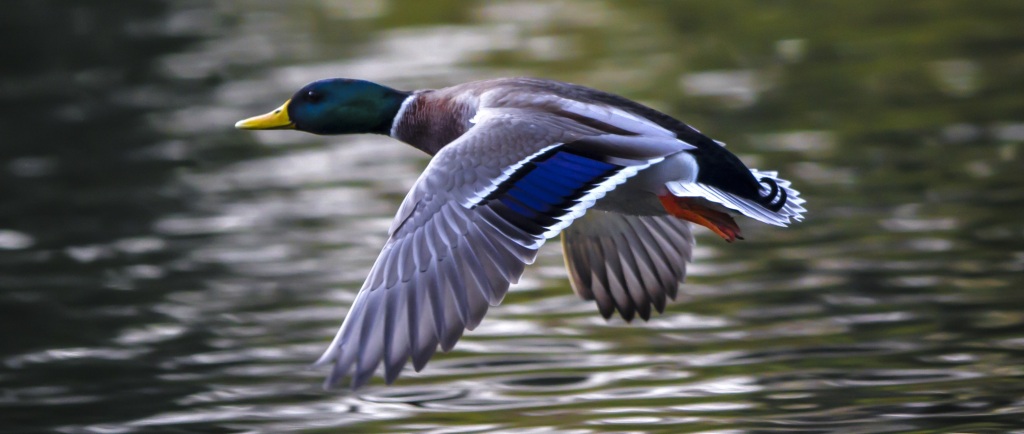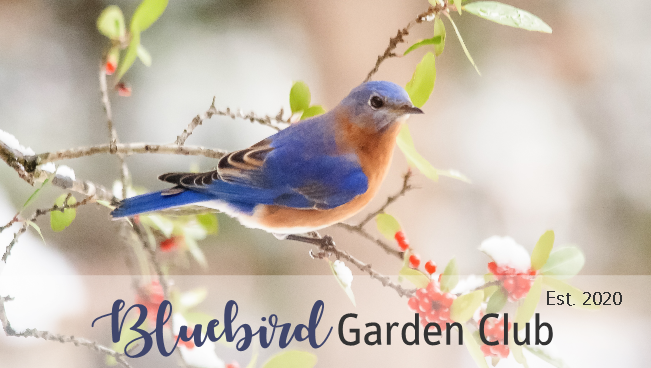River Habitat FIELD GUIDE
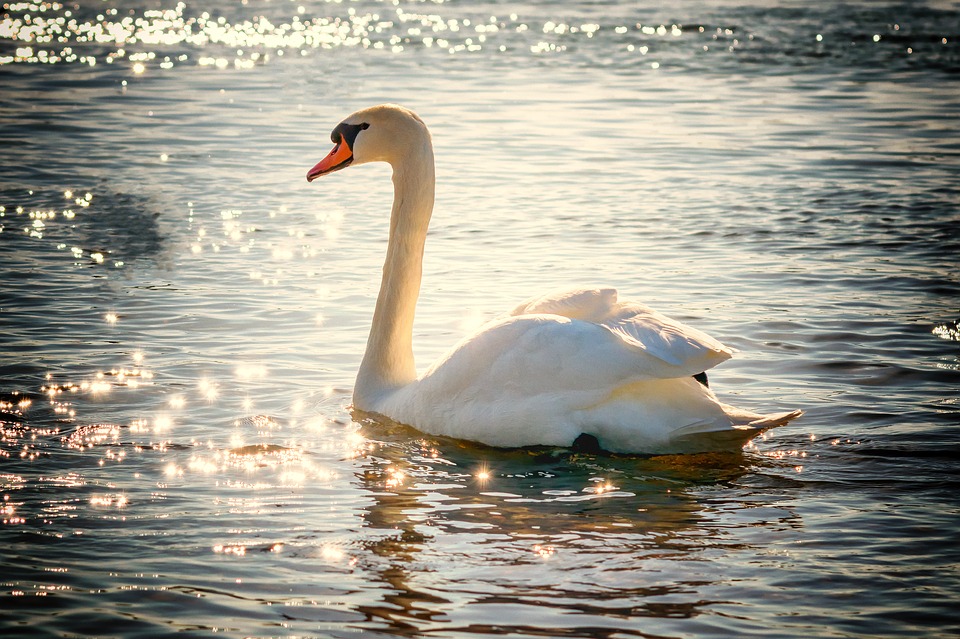
Natural Dam Trail – FIELD GUIDE
Geologic Quartzite forms a shelf across width of Flint River. When water is high there is a little waterfall. When water is low the trail of rock goes all the way across the river. Along the hiking trail find Yucca, Shortleaf Pine and Mountain Chestnut Oak.

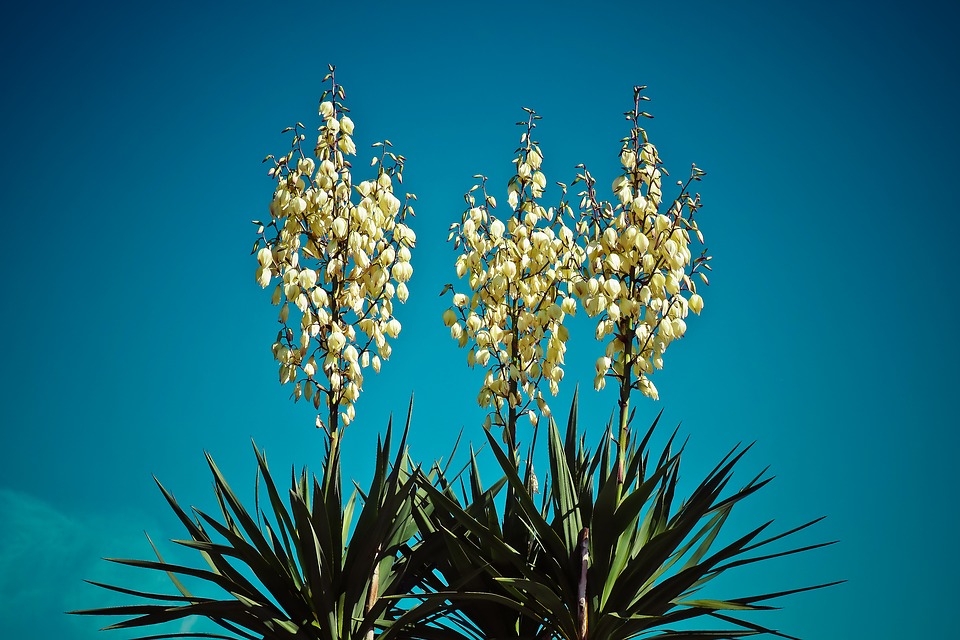

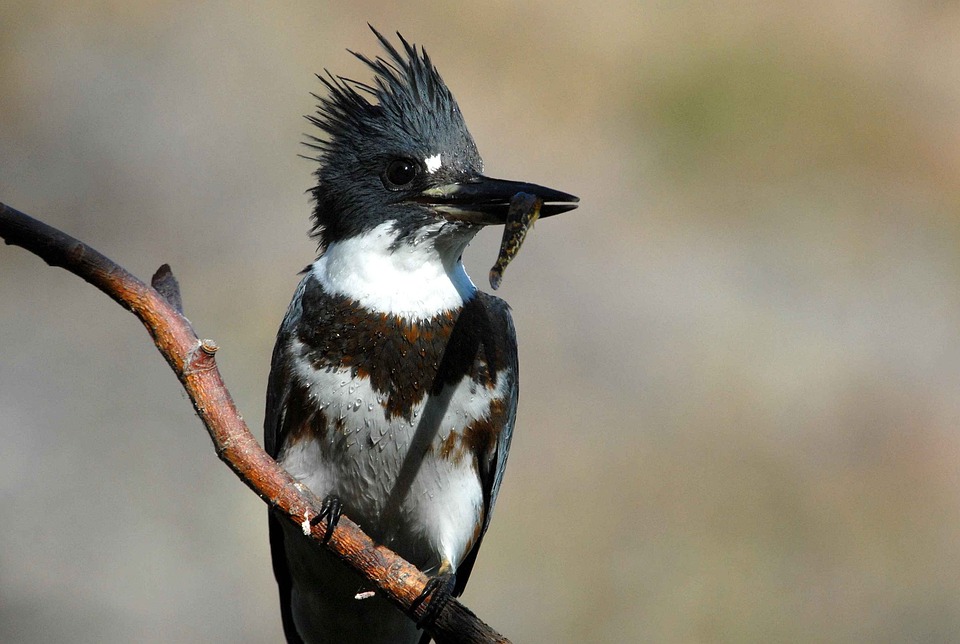


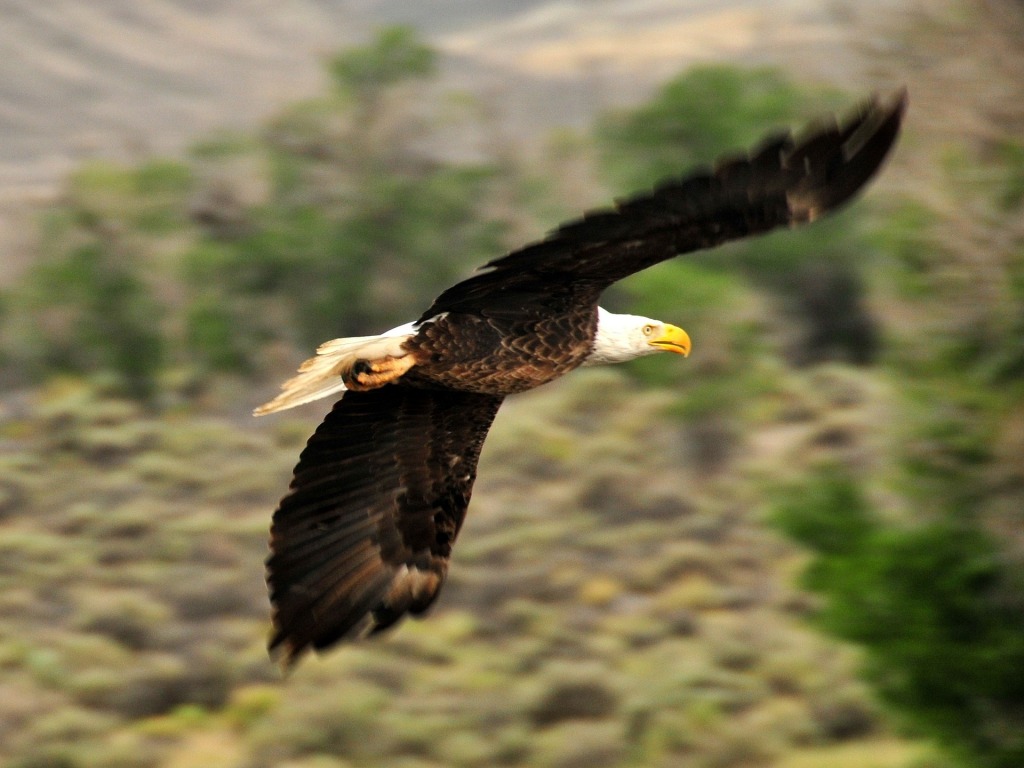
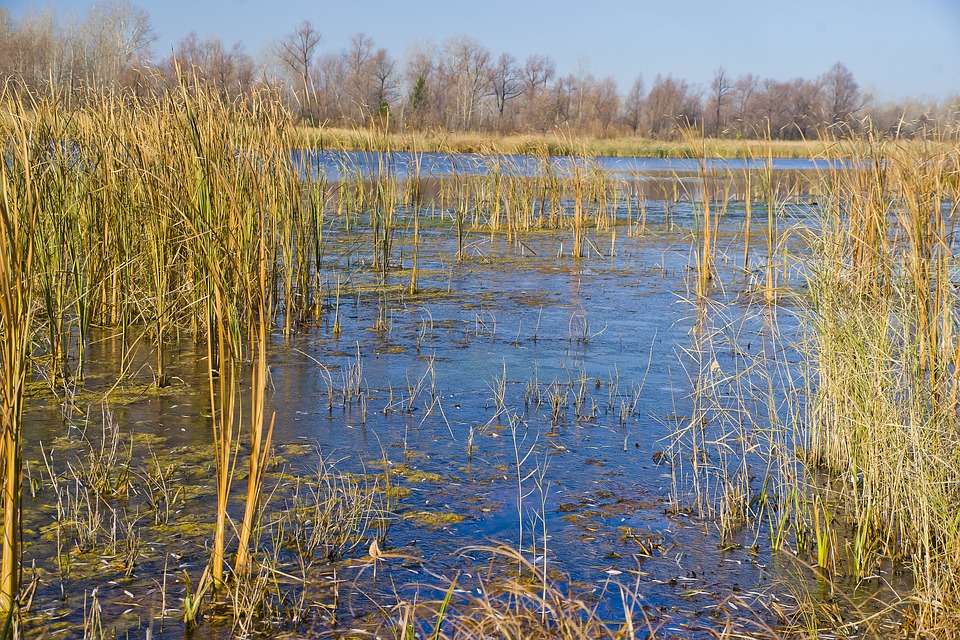

Longleaf Pine Loop Trail – FIELD GUIDE
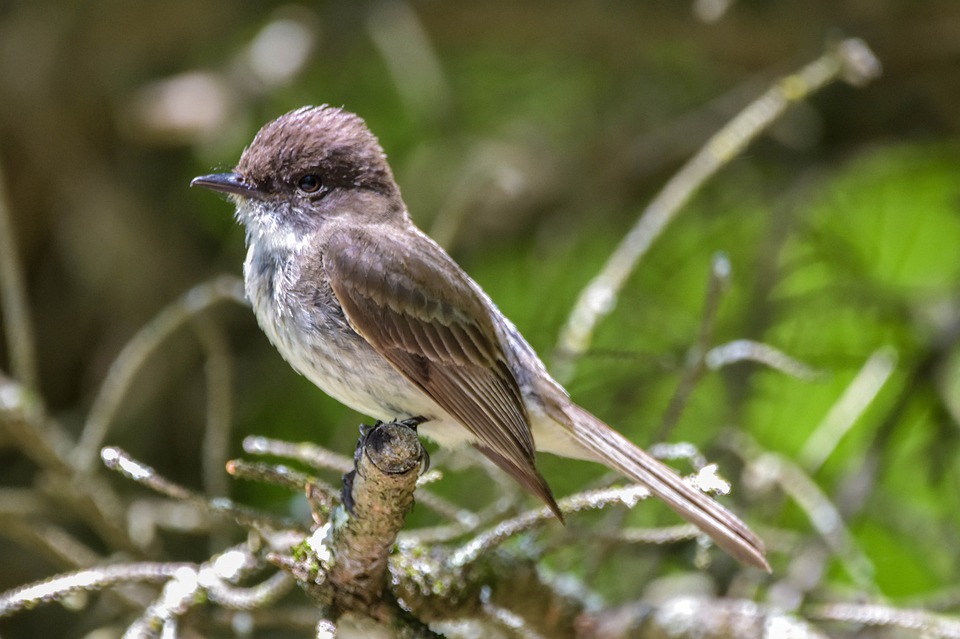
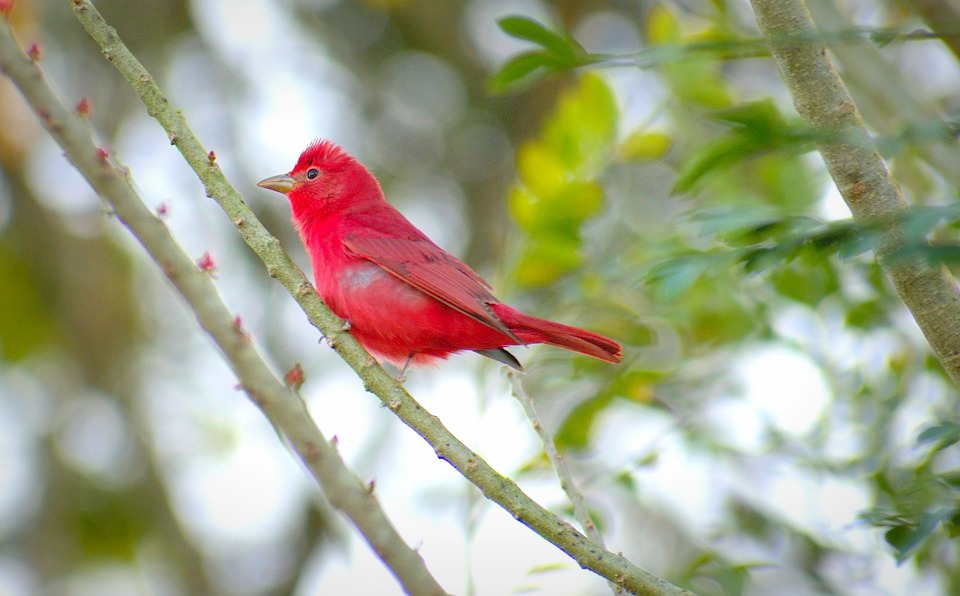

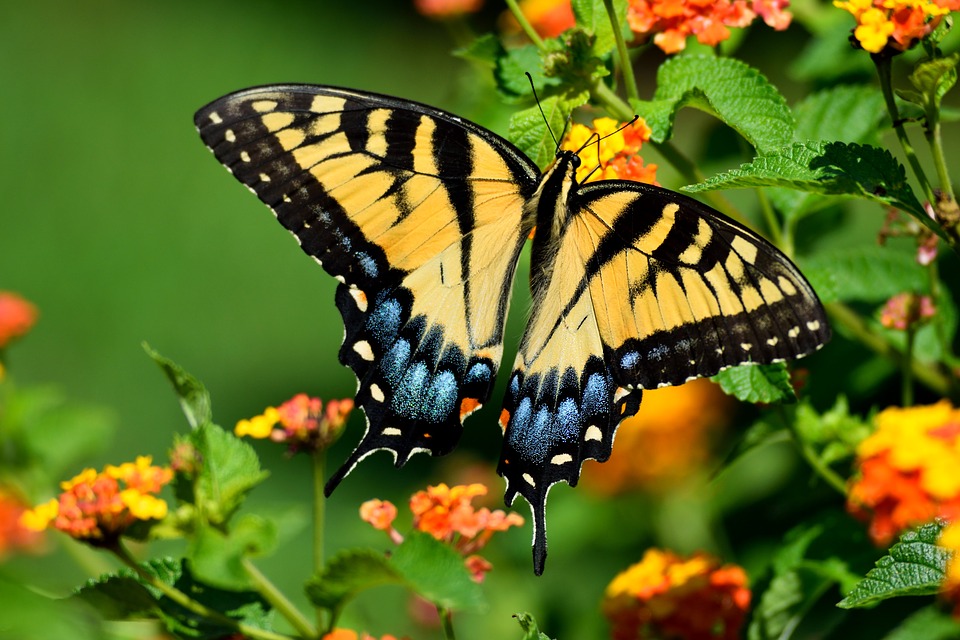
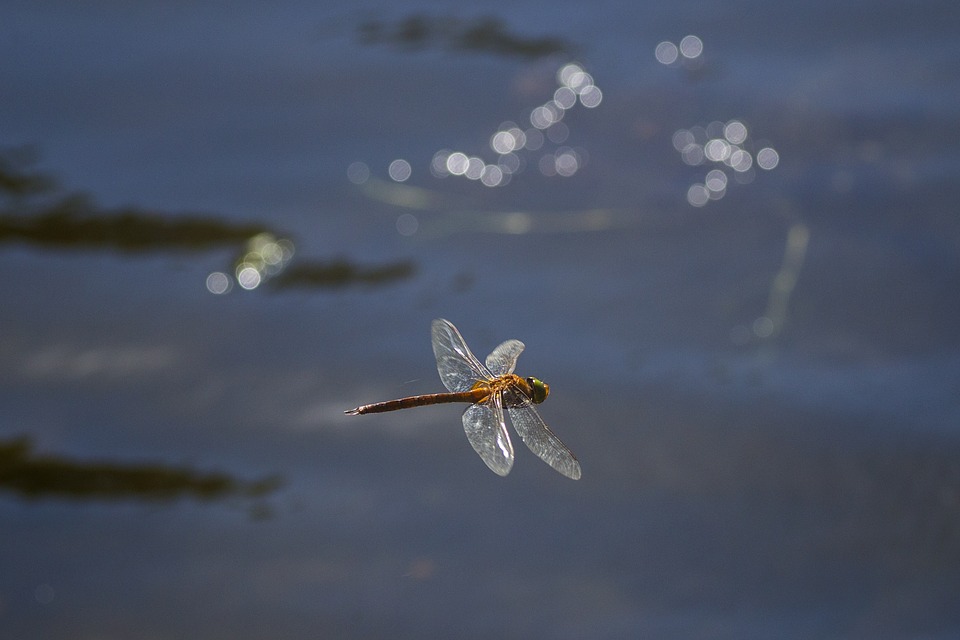




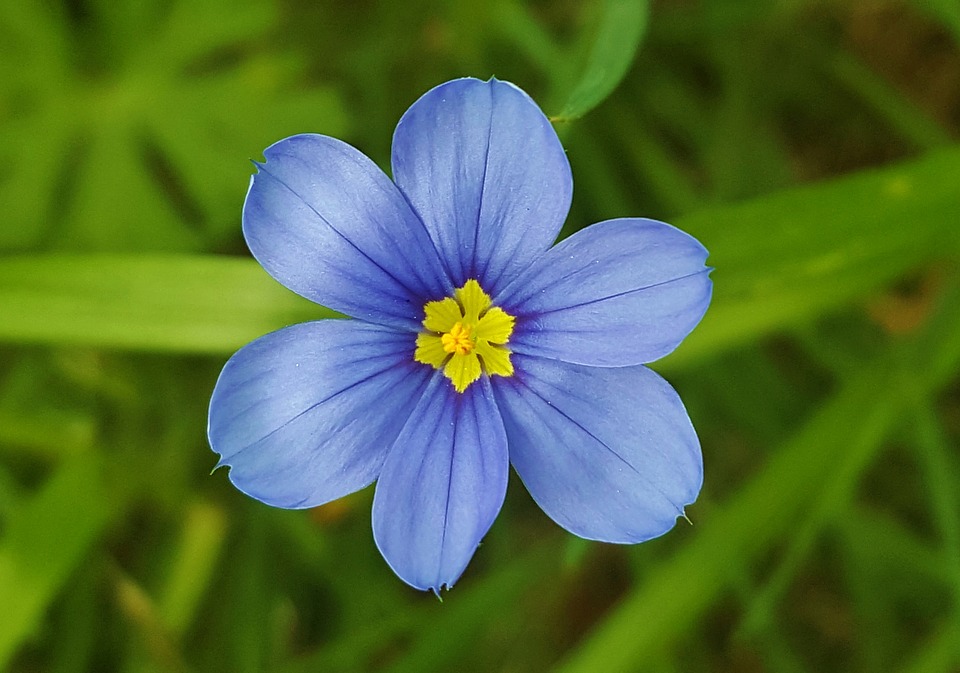
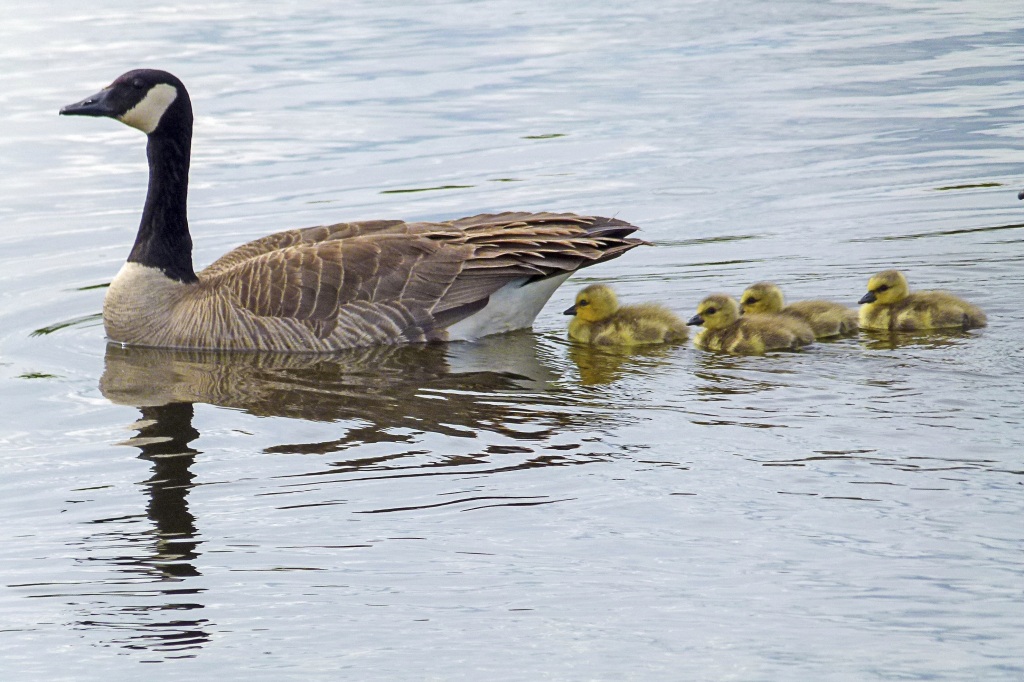
3 Tools of the Naturalist
1 – Field Guide
Every naturalist should have one or two and most have a lot more than that. You can pick them up at secondhand book stores and even at garage sales for a lot less. They can also be found in your local library. There are even on-line field guides on the internet and downloadable mobile apps to help you identify a critter that you saw.
2 – Field Pack
The field pack is the briefcase of the naturalist. It can carry field guides (not too many-they can get heavy) and containers for collecting things, journal, and many things that a naturalist may need on hand in the field. It can be a fanny pack, or a back pack or any other kind of bag that is convenient to carry in the field. Being light and waterproof are pretty important. You probably have something around your house that would work.
What to carry in the field pack
- field guides
- journal or notebook and pen or pencil
- binoculars (if you don’t have them around your neck)
- Tips for using binoculars and spotting scopes (TPW Magazine article)
- camera
- containers – this can be almost anything, empty film canisters, plastic bags, baby food jars (be careful with glass ones) as long as they are small and lightweight.
- pocket knife
- tweezers
- bandana – many uses including for emergency first aid and signaling
- magnifying glass or loop
- portable plant press
- small first aid kit (just in case)
- butterfly net
- Healthy trail mix and water bottle
3 – Naturalist’s Journal
Most naturalists keep a journal to record their observations. Through history, these journals have proved invaluable in reconstructing the habitats and environments of a time gone by, before modern civilization. You may use any blank book or notebook for your journal – a ring binding makes it easier to make drawings. Start each entry with the date and what time of day it is. Then you can mention the weather and where you are, the neighborhood creek, a friends yard, etc. Be sure to notice any changes in the season and note that as well. Make notes of everything you see. You may also include things you find like feathers or interesting leaves. Let your eyes and your mind wander and write down questions that pop into your head. Be sure to consult with field guides on any wildlife that you see you can’t identify.
FREE RESOURCE Garden and Field Journals here.
